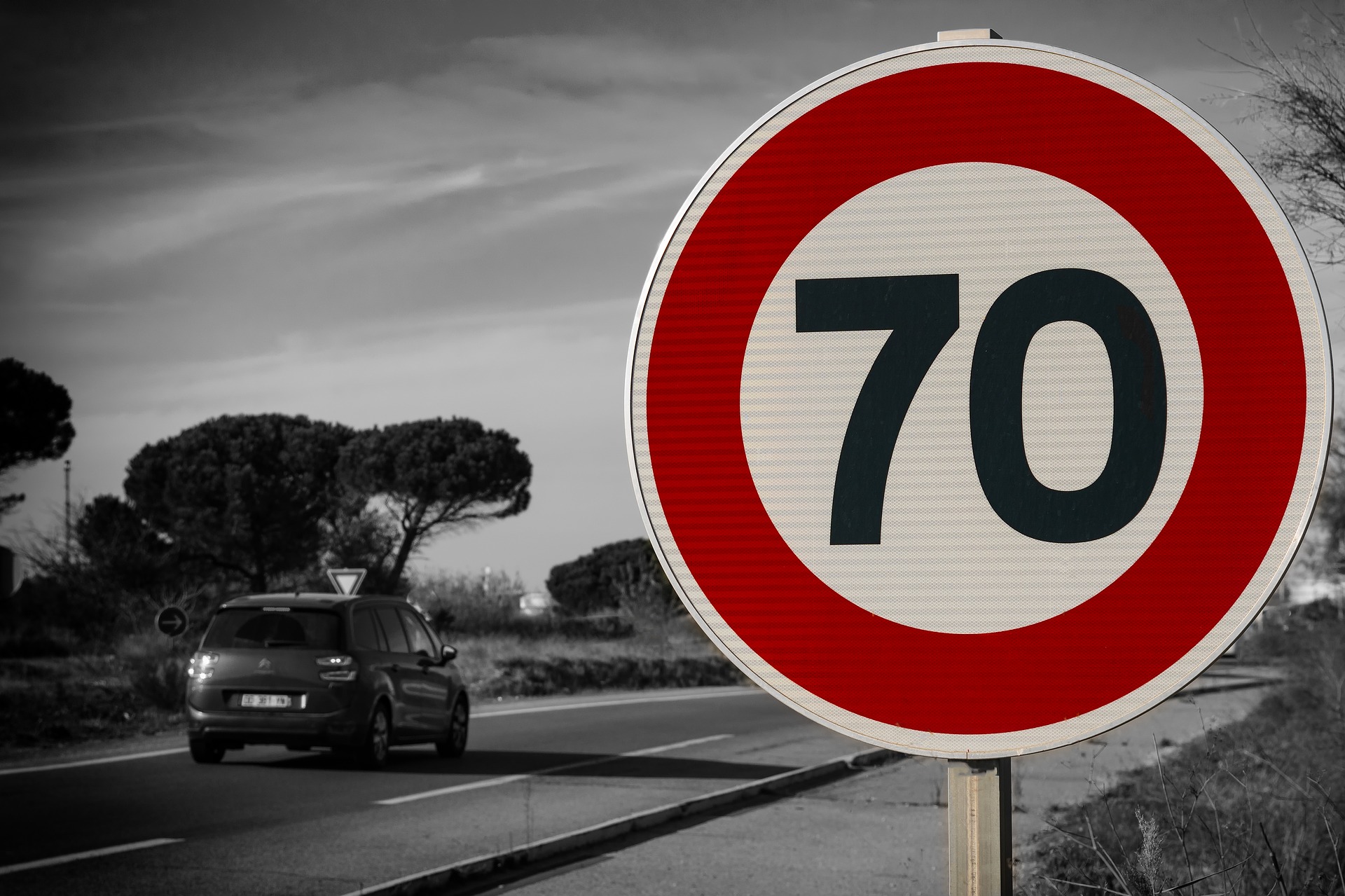
When Germany’s so-called traffic light coalition began negotiating, one thing was clear to almost all observers: a speed limit, already in place throughout Europe, would also be introduced in Germany. The surprise was great when it was declared early on in the negotiations that this was off the table.
But even after the coalition negotiations had been concluded, observers agreed that the issue was bound to keep coming up. As a result of the Russian invasion of Ukraine, the topic is currently being “discussed” in an extremely emotional manner, and not only on Twitter.
Barely comprehensible for pragmatists
I would like to preface this by saying that I personally am (almost) completely neutral on this issue. I couldn’t care less whether the speed limit comes or not, because I like to drive fast on the highway (where I can) and can just as easily adapt to flowing traffic at moderate speeds.
But I am also a pragmatist. Unfortunately, I’m not convinced by the pro-speed limit arguments. Of course, certain emission savings could be achieved, fuel consumption would drop by one or the other percent, but that would hardly impress Mr. Putin (or the climate) because we are talking about completely different dimensions here.
The real energy dilemma is far greater
The green eco-bubble is currently hiding behind the Ukraine war and the energy dilemma to push through the speed limit after all. Increasingly, “stubborn” drivers are being pushed into a morally degenerate corner. Attempts are being made to make connections that ultimately label every speed limit opponent as a bad person.
What has happened to our society? The numbers clearly show that the speed limit will only be a drop in the bucket, at best suitable for soothing the conscience.
The white elephant in the room
Factually, there are far more impressive ways to save a lot of Russian gas, oil and coal. But instead, the white elephant that has been in the room for some time is being willingly ignored.
I’m talking about the lifetime extension of the three nuclear power plants that will be shut down at the end of 2021 and the plants still in operation that are scheduled to be decommissioned by the end of 2022 at the latest.
This shows the depth of the absurdity of an ideology-driven policy that chooses to continue gas and coal dependencies rather than proceed pragmatically. Certainly, restarting the three shutdown nuclear power plants would not be easy. And extending the operating lives of the three power plants still in operation would also “mentally” tax the German bureaucracy, which is also steeped in ideology to the utmost. (See this essay by Wolf Lotter).
CO2 emissions per kWh increase in Germany
On the other hand, moving away from Russian fossil fuels to other fossil fuels is even more protracted. On balance, it is more damaging to the climate than extending the operating lives of the remaining nuclear power plants.
Last year, CO2 emissions per kWh in Germany already went up dramatically, partly because less wind was blowing than in previous years. Even though there are always days, often on weekends, when wind and solar power take over the lion’s share of electricity generation, that’s precisely when industry as an electricity consumer is largely absent.
I also find it futile in the meantime to discuss the fact that when wind and solar production is low, all renewables contribute less to power generation in Germany than the three last remaining nuclear power plants. They are simply not capable of handling the base load in their current form without storage technology.
“Coulda, woulda, shoulda”: If the German nuclear power plants had continued to operate, we would already be independent of Russian gas for power generation today. Industry could switch to non-Russian suppliers.
In Austria, e-cars are allowed to drive faster
Incentives are being put in place in many European countries to push e-mobility.

Gas as an important element for other industries
In addition, gas, for example, is far more important as a component for feedstocks in the chemical industry than for power generation, if we’re talking about priorities. The Bavarian chemical industry, for example, is 100% dependent on Russian gas, and a very special degree of purity is required. Here, substitution by liquefied gas is completely out of the question at present, as it would entail a lengthy and expensive conversion of the production facilities.
Unfortunately, the whole discussion is far too complex for one column. Only a meticulously researched book would currently suffice to reveal the tangles and errors of Germany’s ideology-driven energy policy that even publications like the Washington Post are increasingly unable to comprehend. And controversial climate activist Michael Shellenberger has just delivered a remarkable work on the subject.
Speed limit
Let’s be clear: The expansion of renewable energy producers like wind and solar must continue to accelerate. Nuclear energy can only be a temporary solution that should ultimately be phased out. Phasing out nuclear energy earlier in favor of coal and gas was energy and climate policy tyranny par excellence.
This brings me back to the speed limit, because anyone currently driving on German autobahns is learning about the functioning market economy.
Due to high fuel prices, average speeds on the few unrestricted stretches of autobahn have dropped to 120-140 km/h. Many drivers even drive at just 100 km/h and some follow behind trucks to save fuel. Emission savings are already in full swing – without any government regulation at all.
Only the heated discussions on social media continue. What a waste of energy…
About this column
In a weekly column written alternately by Eveline van Zeeland, Eugène Franken, PG Kroeger, Katleen Gabriels, Carina Weijma, Bernd Maier-Leppla, Willemijn Brouwer and Colinda de Beer, Innovation Origins tries to figure out what the future will look like. These columnists, sometimes joined by guest bloggers, all work in their own way to find solutions to the problems of our time. To read earlier installments, click here.

